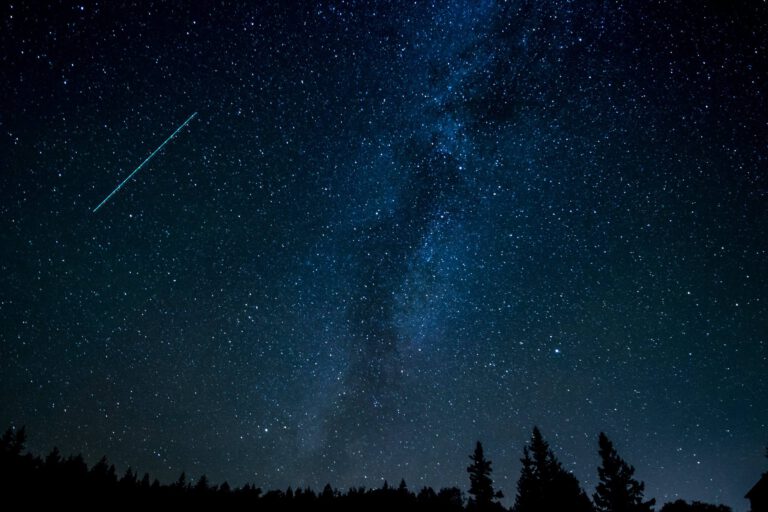Get Ready for the Spectacular Geminid Meteor Shower
Stargazers around the world are in for a treat as the Geminid meteor shower, one of the best meteor showers of the year, is set to peak on December 13 and 14. With optimal viewing conditions and a dark sky, this celestial event promises to be a breathtaking experience. Here’s everything you need to know about the Geminid meteor shower and other astronomical events happening this month.
What are Meteor Showers?
Meteor showers occur when small remnants from asteroids or comets enter Earth’s atmosphere at high speeds. As the cosmic dust burns up and disintegrates, it creates stunning trails of light in the sky. The Geminid meteor shower, first recorded in the mid-1800s, is unique because it originates from the debris left behind by the 3200 Phaethon asteroid, unlike most meteor showers which come from comets. The particles of the Geminid meteor are denser and appear to radiate from the constellation Gemini.
Why are the Geminids Special?
According to Bill Cooke, the lead of NASA’s Meteoroid Environment Office, the Geminids stand out because they have a greenish hue, unlike most meteors that are colorless or white. With the Geminids producing around 120 meteors per hour at a rate of 22 miles per second, they are definitely a sight to behold.
When and Where to Watch
The Geminid meteor shower runs from November to December 24, but the best time to view it is during its peak. If you’re in the northern hemisphere, head out between 9 p.m. and 10 p.m. Eastern time on December 13. The number of meteors will increase throughout the night, reaching its peak between midnight and morning twilight. In the Southern Hemisphere, the Geminids appear at a quarter of the northern rate in the middle of the night. Fortunately, the new moon on December 13 ensures dark skies, making it an ideal time for viewing.
Other Celestial Events in December
December offers more than just the Geminid meteor shower. On December 17, you can witness the crescent moon below the planet Saturn in the southwest after sunset. With binoculars, you may even spot Titan, the second-largest moon in our solar system. Additionally, asteroid Vesta reaches opposition this month, making it the brightest and easiest to observe. To catch a glimpse, use binoculars or a small telescope. Finally, don’t forget that December 21 marks the winter solstice in the Northern Hemisphere, the longest night of the year when the Earth tilts furthest away from the Sun.

